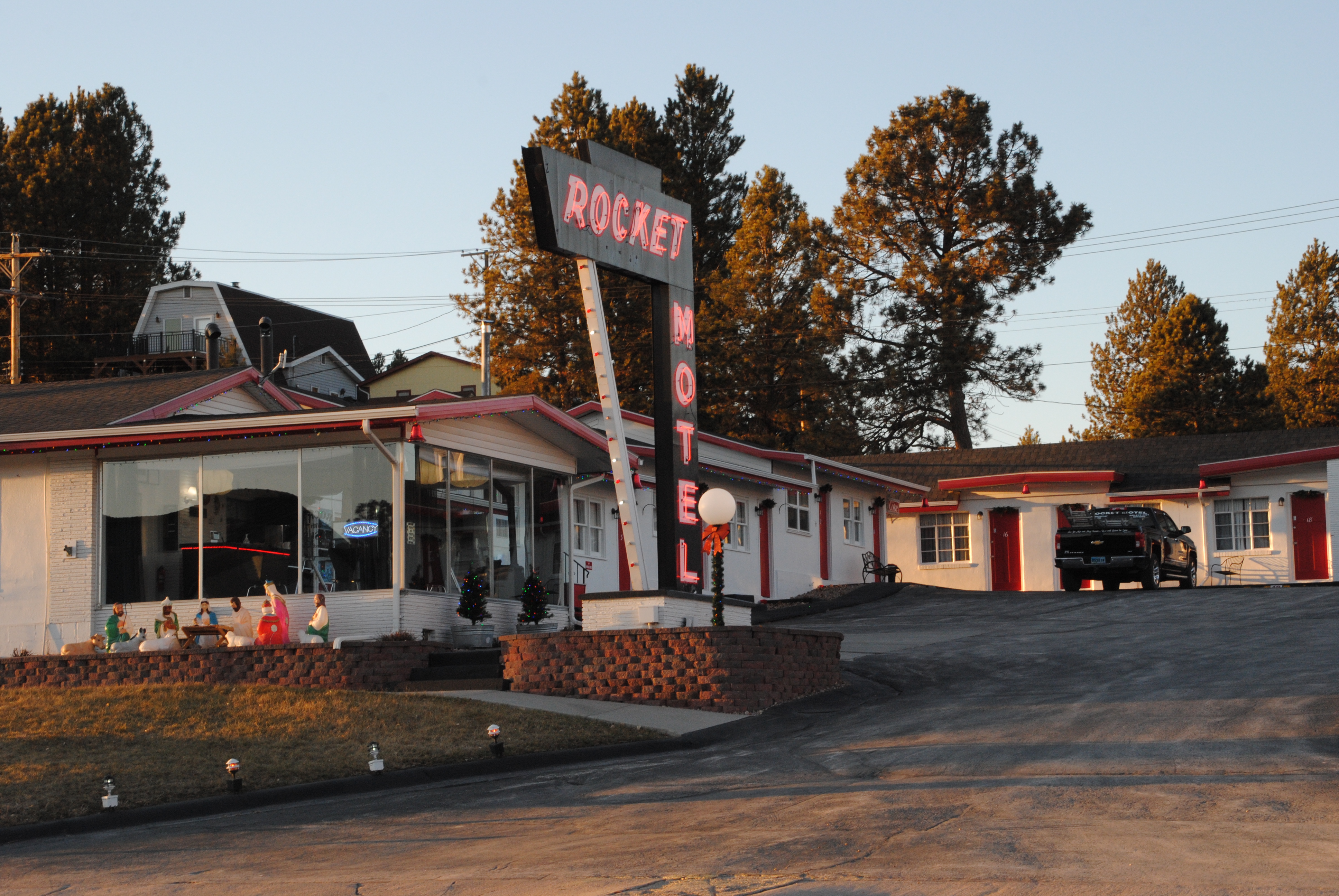South Dakota View Establishments by South Dakota Cities

In South Dakota, people of color were confronted with numerous business owners who created implicit segregation by practice and prejudice. In some cases, cities were even explicitly segregated by law. Thus, The Green Book was a necessary tool for traveling through the state, and South Dakota's 15 sites made life easier for those traveling through Aberdeen, Brookings, Custer, Philip, Pierre, Sioux Falls, and Watertown. They also speak to the rich communities of color in each of these locations.
Even so, discrimination made life in South Dakota difficult. According to a 1962 report by the Black Hills Civil Right Committee, "90 percent of the bars and barber shops and 30 percent of the restaurants and motels in Rapid City refuse to serve or accommodate Negroes." In 1967, two years after the landmark 1965 Civil Rights Act, the State of South Dakota passed its own civil rights law stating that "No person shall be excluded on account of race, color, religion, or national origin from full and equal enjoyment of any accommodation, advantage, or privilege furnished by public conveyances, theaters or other public places of amusement, or by hotels, motels, barber shops, saloons, restaurants, or other places of refreshment, entertainment, or accommodation." As The Green Book ceased publication that year, the effect of this legislation on South Dakota's communities of color remains to be seen.
--Liz Almlie
Please visit Liz's website for more information on South Dakota's Green Book sites.
[Above quotations from Bernson and Eggers, Black People in South Dakota History, p266-7.]



